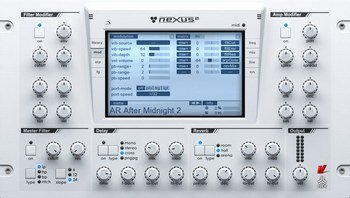Gcc Sable 60 Driver Windows 10
This page contains information about installing the latest GCC driver downloads using. Windows 8 Troubleshooting Guide Windows 10 Troubleshooting Guide. Download the latest drivers for your GCC Sable USB to keep your Computer up-to-date. Windows 10, Windows 8.1, Windows 7. What is a Windows driver?
Several modern C++ features are currently missing from Visual Studio Express, and from the system GCC compiler provided with many of today’s Linux distributions. – also known as polymorphic lambdas – are one such feature.
This feature is, however, available in the latest versions of GCC and Clang. The following guide will help you install the latest GCC on Windows, so you can experiment with generic lambdas. You’ll need to compile GCC from sources, but that’s not a problem. Depending on the speed of your machine, you can have the latest GCC up and running in as little as 15 minutes.
The steps are: • Install Cygwin, which gives us a Unix-like environment running on Windows. • Install a set of Cygwin packages required for building GCC. • From within Cygwin, download the GCC source code, build and install it. • Test the new GCC compiler in C++14 mode using the -std=c++14 option.
[Update: As a commenter points out, you can also install native GCC compilers without needing Cygwin.] 1. Install Cygwin First, download and run either the 32- or 64-bit version of the, depending on your version of Windows. Cygwin’s setup wizard will walk you through a series of steps. If your machine is located behind a proxy server, make sure to check “Use Internet Explorer Proxy Settings” when you get to the “Select Your Internet Connection” step.  When you reach the “Select Packages” step (shown below), don’t bother selecting any packages yet.
When you reach the “Select Packages” step (shown below), don’t bother selecting any packages yet.
Just go ahead and click Next. We’ll add additional packages from the command line later. After the Cygwin installer completes, it’s very important to keep the installer around. The installer is an executable named either setup-x86.exe or setup-x86_64.exe, and you’ll need it to add or remove Cygwin packages in the future.
I suggest moving the installer to the same folder where you installed Cygwin itself; typically C: cygwin or C: cygwin64. If you already have Cygwin installed, it’s a good idea to re-run the installer to make sure it has the latest available packages.
Alternatively, you can install a new instance of Cygwin in a different folder. Install Required Cygwin Packages Next, you’ll need to add several packages to Cygwin. You can add them all in one fell swoop. Just open a Command Prompt (in Windows), navigate to the folder where the Cygwin installer is located, and run the following command: C: cygwin64>setup-x86_64.exe -q -P wget -P gcc-g++ -P make -P diffutils -P libmpfr-devel -P libgmp-devel -P libmpc-devel A window will pop up and download all the required packages along with their dependencies. At this point, you now have a working GCC compiler on your system. It’s not the latest version of GCC; it’s whatever version the Cygwin maintainers chose as their system compiler.

At the time of writing, that’s GCC 4.8.3. To get a more recent version of GCC, you’ll have to compile it yourself, using the GCC compiler you already have. Download, Build and Install the Latest GCC Open a Cygwin terminal, either from the Start menu or by running Cygwin.bat from the Cygwin installation folder. If your machine is located behind a proxy server, you must run the following command from the Cygwin terminal before proceeding – otherwise, wget won’t work. This step is not needed if your machine is directly connected to the Internet. $ export http_proxy=$HTTP_PROXY https_proxy=$HTTP_PROXY ftp_proxy=$HTTP_PROXY To download and extract the latest GCC source code, enter the following commands in the Cygwin terminal.